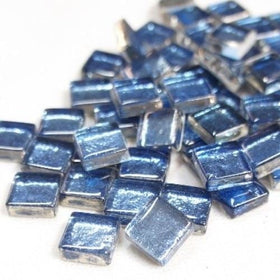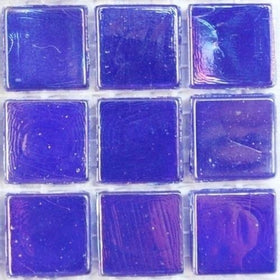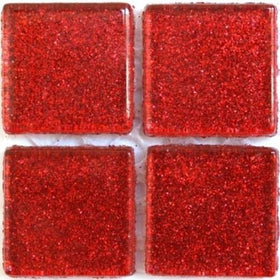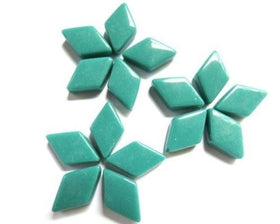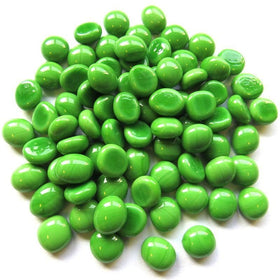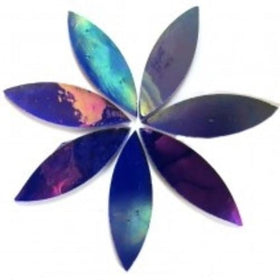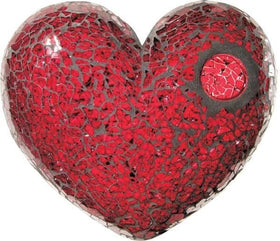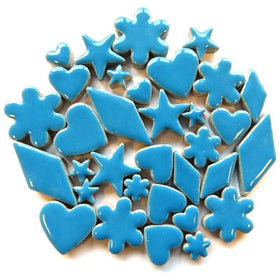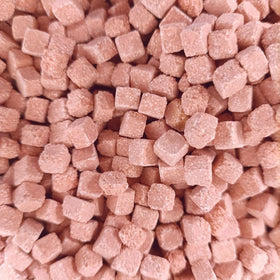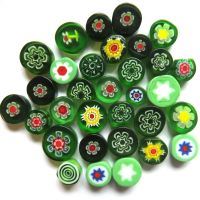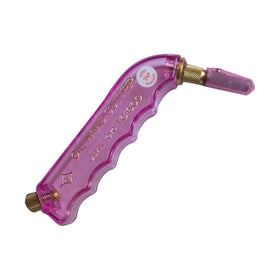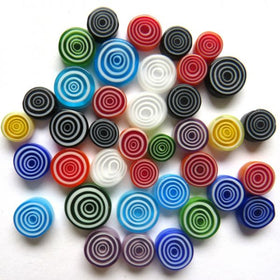Smalto-Filati Micro Mosaics: Beauty in the palm of your hand
Taking the Grand Tour
Micro mosaic artworks were a popular gift purchased by wealthy European travellers from the mid 1600’s through to the middle of the 19th century. This was the era of the Grand Tour which included a number of celebrated stops along the way. A cultural education was the focus for these travellers of means and a memento of a visit to Rome in particular, was perceived by many as a is_active symbol. Micro-mosaic artworks were a common purchase as they were small and could be packed easily. Here is an example of this miniature art-form created in this same time period.
These small works often depicted architectural features of the areas visited and were crafted from smalti-filati; rods of glass that were heated then flattened and stretched until extremely thin and finally cut into micro block pieces. These miniscule blocks (tesserae) were then packed together tightly forming the mosaic design. The little works of art were often embedded into snuff boxes or used to embellish a jewelry box. Sometimes they were set into gold and made into pendants and brooches. These small bits of eye candy could contain from 1500 – 5000 tesserae!
Necessity is the Mother of Invention
The artisans of the Vatican Mosaic Studio were instrumental in developing the smalti-filati style of mosaic art. In the 1600’s the famous paintings that adorned the Vatican’s damp St. Peter’s Cathedral were being damaged by mold. There was a need to recreate these beautiful images in mosaic materials that could withstand the cathedral’s atmosphere. Most attribute the creation of this technique to Giacomo Rafaelli (1753 -1836) one of this time-period’s most accomplished mosaic artists, perhaps best known for his mosaic re-creation of Leonardo Da Vinci’s famous, Last Supper.
The early smalti-filati mosaics made use of tesserae so tiny that they weren’t even visible to the naked eye. Some micro mosaic paintings can have as many as 16,000 blocks of glass per square inch.
As time wore on entrepreneurs, wanting quicker inventory to satisfy the culture seekers on the Grand Tour route started to make images using larger and larger pieces of glass. And so, the mocro mosaic artworks that came later are easy to distinguish from the earlier and now more valuable, micro mosaic beauties.
Micro Mosaics Today
This video from the Mosaic Art School in Ravenna Italy shows Filati rods being formed using the smalti-filati technique; still in use today.
While some micro-mosaic artists have the skill and set-up required to create a custom palette of colours for themselves using the smalti-filati techniques developed so long ago, many are content to purchase the tiny smalti tiles that are commercially available today.



